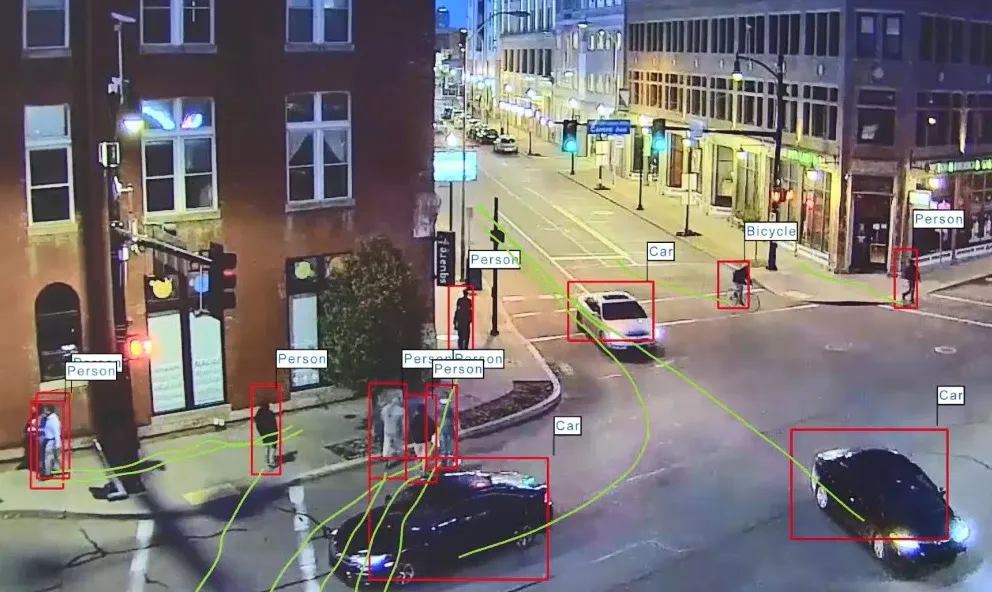3838 Nedap, a specialist in systems for long-range identification, wireless vehicle detection and city access control, will use the 2015 ITS World Congress, to introduce the next generation of Microwave RFID reader, Transit Ultimate, that identifies vehicles and drivers at a distance of up to 10 metres (33 ft.) and a travelling speed of up to 200 km/h (125 mph) by using semi-active (2.45 GHz) RFID technology. The new Transit Ultimate contains a second communication channel at 433 MHz that enables a wider bandwidth for communication between readers and tags. Tag authentication using AES encryption is incorporated to help prevent cloning of tags and replay-attacks.
Studies show that approximately 30% of all city traffic is ‘search traffic’ and Nedap says its Sensit is the solution to improve the on-street parking usage that cities are urgently looking for. Wireless parking sensors detect in real-time whether or not a single parking bay is occupied and for how long it has been occupied. Motorists are guided to available parking spaces as close as possible to their destination. This results in less search traffic and thus a reduction of CO2 emissions, better usage of the existing parking capacity and more efficient parking enforcement.










